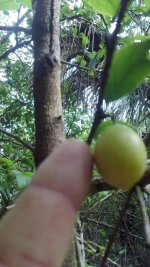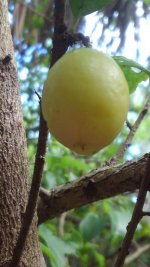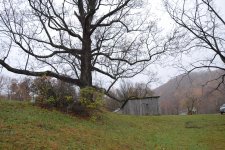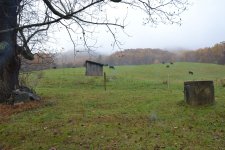PetesPockets55
Bronze Member
- Apr 18, 2013
- 1,694
- 3,036
- Detector(s) used
- AT MAX & Carrot, Nokta Pulse Dice (:
- Primary Interest:
- All Treasure Hunting
There is an immense wealth of knowledge shared by individuals and researchers here. I'm hoping someone can point me to information on:
1)What kind of vegetation Spanish mariners would have planted (ie: food sources) in areas where they expected to frequent or return.
2)Also how to "read" the current fauna to see what is normal and what might be indicative of a clearing that has regrown. From fast growing shrubs to pines, oaks and other trees and how they can be used to "visualize" the occupation of an area.
As an example, in my area of Florida, I come across papaya or flowers (flower bed?) or ferns that are isolated or contained in a limited space. Some areas I have noticed are definitely modern based on the trash metal found. Other times it is signs of regrowth by observing dunes for the types and age of vegetation growing on them to determine where mother nature has breached a dune in the past. This might indicate artifacts deposited on the mainland side of dunes.
ps. An interesting tidbit from what I've read is that papaya (aka pawpaw) is not native to Fla. but is high in vitamin C and very hearty in a tropical climate.
Any thoughts or knowledge you would like to share is greatly appreciated.
Thanks in advance.
1)What kind of vegetation Spanish mariners would have planted (ie: food sources) in areas where they expected to frequent or return.
2)Also how to "read" the current fauna to see what is normal and what might be indicative of a clearing that has regrown. From fast growing shrubs to pines, oaks and other trees and how they can be used to "visualize" the occupation of an area.
As an example, in my area of Florida, I come across papaya or flowers (flower bed?) or ferns that are isolated or contained in a limited space. Some areas I have noticed are definitely modern based on the trash metal found. Other times it is signs of regrowth by observing dunes for the types and age of vegetation growing on them to determine where mother nature has breached a dune in the past. This might indicate artifacts deposited on the mainland side of dunes.
ps. An interesting tidbit from what I've read is that papaya (aka pawpaw) is not native to Fla. but is high in vitamin C and very hearty in a tropical climate.
Any thoughts or knowledge you would like to share is greatly appreciated.
Thanks in advance.


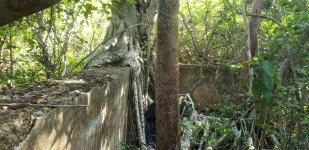
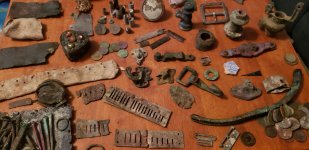

 )
)